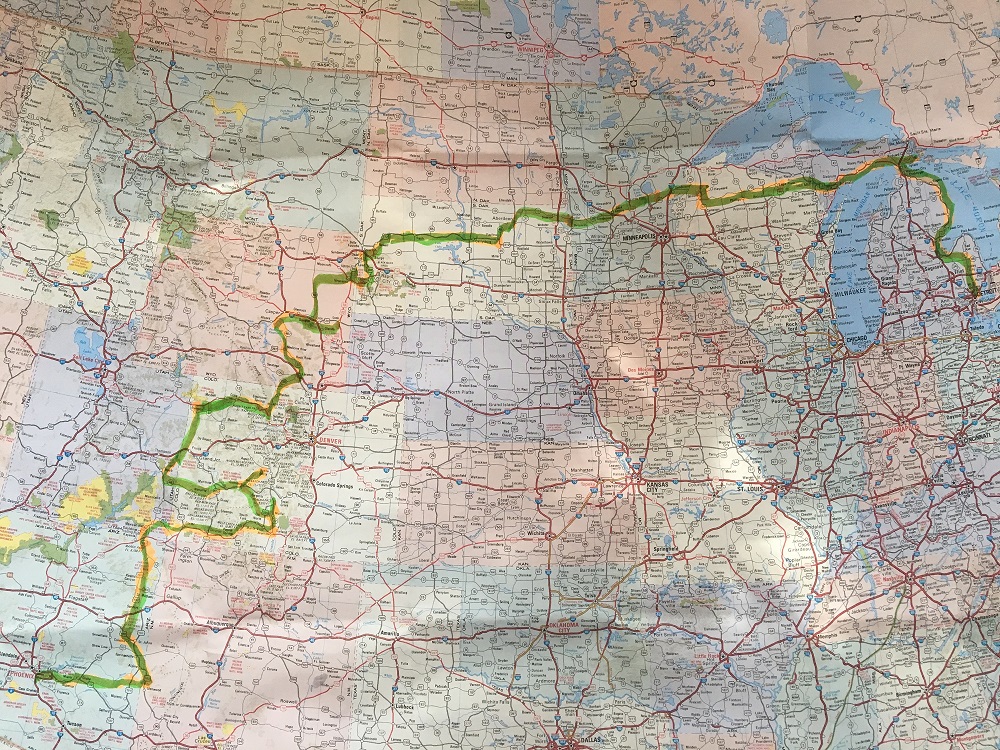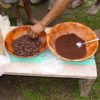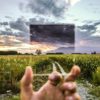
The neatly manicured lawns and stately mansions alongside Lakeshore Drive area are a comfort and a tether to an organized and routine life, thus, I embark on my vision quest.
Certainly, my work has dominated these past few years and it has been too long since embarking on a long meandering trek unto the highway of reflection.
Steven Foster, founder of the School of Lost Borders with his wife Meredith Little, put it this way: “My soul is striving to remember who I am, to make who I am compatible with who I was born to be, to bring who I am into synch with who I will be.”
When is the last time you went on a vision quest? Have you ever done one to determine the value of your work?
As an executive consultant I help CEOs formulate a strategic vision for their businesses. My years of experience have taught me how necessary it is to explore the depths of what really matters to a person to help them uncover their unique sense of purpose and vision. Through this process, they can incorporate these lessons into an authentic and integrated life in all aspects – work, home and social.
As another practitioner shared with me: You need to integrate how to get things done in a way that coincides with the reason why we are doing them. Does it feel right? Does it support core values and give purpose and meaning?
Vision quests are something we should all do for different aspects of life. As I set out on my most recent quest memories from previous trips – the magnificence of Lake Superior, the vast expansiveness of the Great Plains… I can almost taste the cool air of the scented sage and pine of Colorado, feel the dryness of the high desert and see the diamond pinpoints of light reflecting over Superior.
When undertaking a 4,000-mile journey, most people turn to phone or GPS and click for the most efficient route to follow. However, the true magic of exploring and taking a journey can only be found by studying real maps. That’s where the treasure of great roads are found. This is how you will find what you value.
Author Lewis Carroll had some thoughts on maps. “They had the scale of a mile to a mile,” she said. “We now use the country as itself, as its own map, and I assure you it does nearly as well.”
My wife Fiona and I studied the maps and pondered the best places to go. These included less travelled two-lane highways and county roads, canyons undiscovered by hikers and hot springs known only to locals.
A few days before our departure, we pulled out the Wyoming maps and imagined the challenges awaiting us. The mileage on our route worked out to about 300 miles, but only when we really dove into the details did we see the four mountain passes above 10,000 feet to cross over. Vision quests are not meant to be easy.
We are born with the capacity to create meaning for ourselves and find our own uncharted territory, yet it doesn’t happen automatically. It’s a process of growth, physically, emotionally and spiritually through self-awareness. We have to push ourselves to find ourselves.
The words “the map is not the territory” are far more meaningful now.
All of this reminded me of how the Anishnaabe people don’t consider a youth a real man until he has done the spiritual and emotional work needed to receive the vision of who he is to be in his lifetime. They say, “No man begins to be until he has seen his vision.”
In their view, a person is just surviving in the world, unknown to them self, until they have done the work required to understand, their purpose. As I reflected on my previous journey in my book Tau Bada, “What was risk, and what was I fearful of? Was it the untraveled asphalt and concrete roads or the uncharted inward journey? There were no maps for the latter.”
As we revisited the physical and mental road maps for the journey ahead we felt a rejuvenating magic. Though many vision quests are undertaken alone, there is an alchemy, a synergy between Fiona and me when we are on the road together.
Our Vision Quest is ongoing and the ride ahead beckons. Where are you on yours?




